The India sickle cell anaemia market is characterized by the presence of many regional, and local vendors. Developments in the healthcare industry and growing research and development make the sickle cell Anaemia market lucrative. To expand their reach and optimize their operational costs, the major players focus on obtaining regulatory authorizations from government agencies for their products and emphasize acquisitions and product launches to gain a substantial market share. The market comprises tier-1, tier-2, and local players. The tier-1 and tier-2 players have reach across the globe with diverse product portfolios.
Companies such as Cipla Ltd (India), United Biotech Pvt Ltd. (India), Neon (India), and Novartis AG (Switzerland) dominate the India sickle cell anaemia market due to product differentiation, financial stability, strategic developments, and diversified regional presence. The players are focused on investing in research and development. Furthermore, they adopt strategic growth initiatives, such as expansion, product launches, joint ventures, and partnerships, to strengthen their market position and capture a large customer base.
One of the primary business strategies adopted by manufacturers in the India sickle cell anaemia industry to benefit clients and expand the sickle cell anaemia market sector is to manufacture locally to reduce operating costs.
Cipla Ltd. (Cipla) is a global pharmaceutical company with a portfolio of over 1,000 products across a wide range of therapeutic categories with one quality standard globally. Its products are available in more than 50 dosage forms. The company has 46 manufacturing facilities for the production of APIs and formulations across various therapeutic categories.
Its products comply with the Medicines and Healthcare Products Regulatory Agency (MHRA), US FDA, Danish Medicines Agency, Health Canada, Federal Ministry of Health, the National Health Surveillance Agency (ANVISA) Brazil, Medicines Control Council (MCC) South Africa, the Colombia National Food and Drug Surveillance Institute (INVIMA), and Australian Government Department of Health. Cipla has a presence in India, the US, Germany, Norway, Spain, the UK, Sri Lanka, South Africa, Australia, and Brazil.
Also, United Biotech Pvt ltd. (India)designs, develops, creates, and manufactures cutting-edge products and is actively operating in the pharmaceutical industry. Its product assists in developing manufacturing technologies. It offers product categories including oncology drugs, injectables, tablets, syrups, and ointments. The company products are used in a variety of settings including pharmaceutical and biotechnology laboratories, pilot plants, production facilities, and academic research institutions. It provides its products through more than 21 distributors.


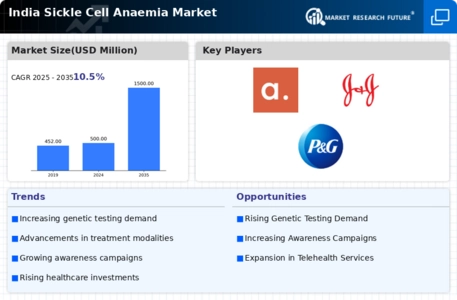
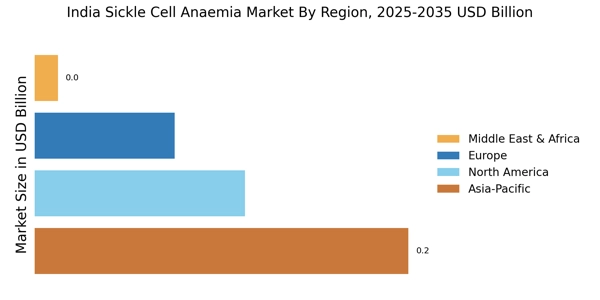
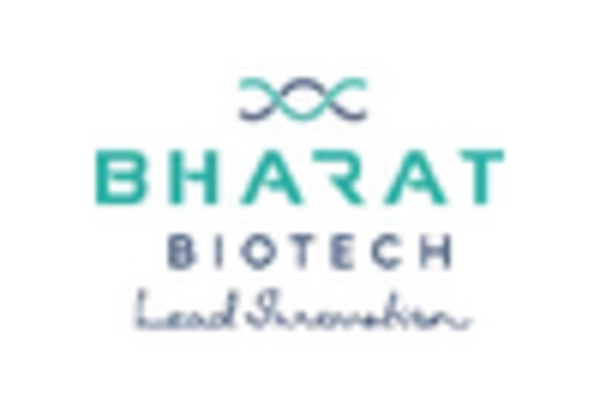
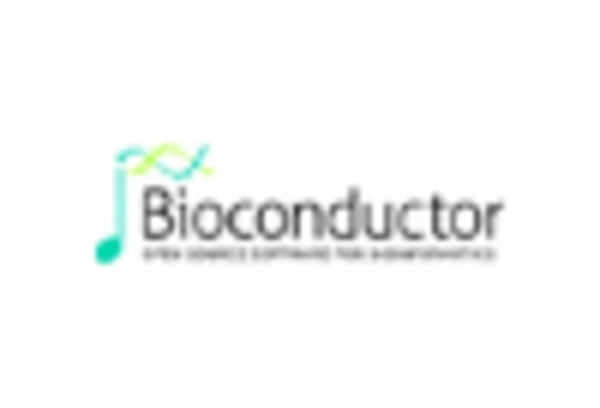
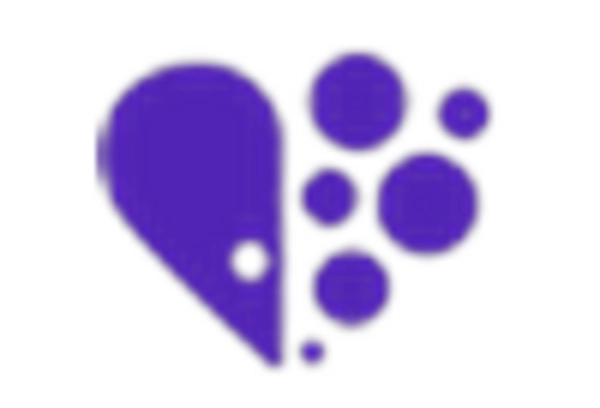
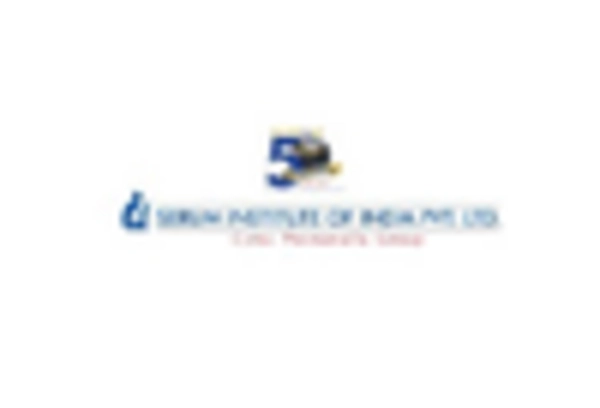

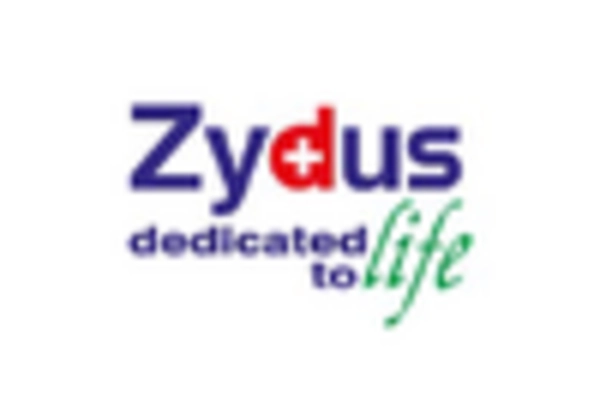








Leave a Comment